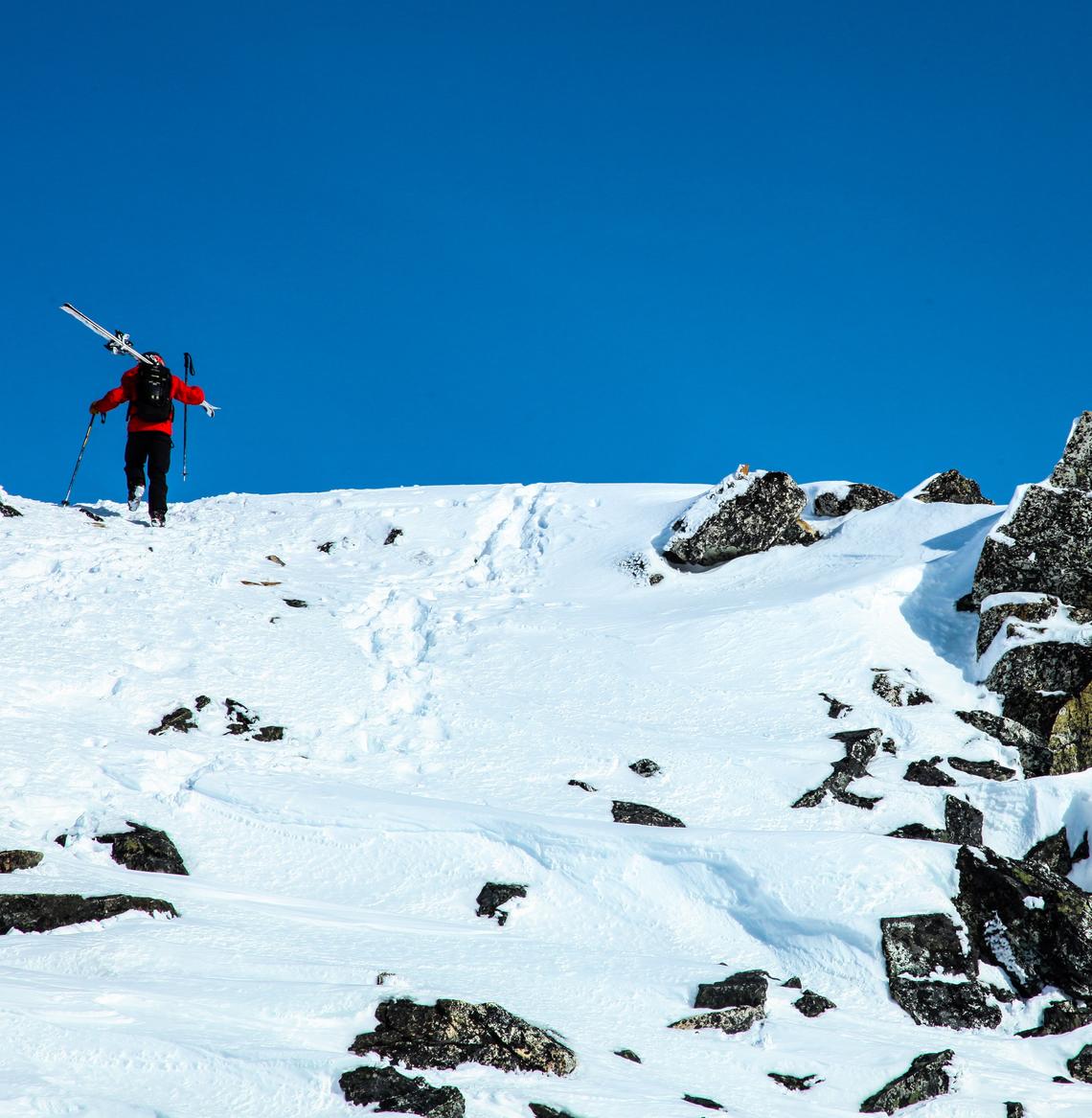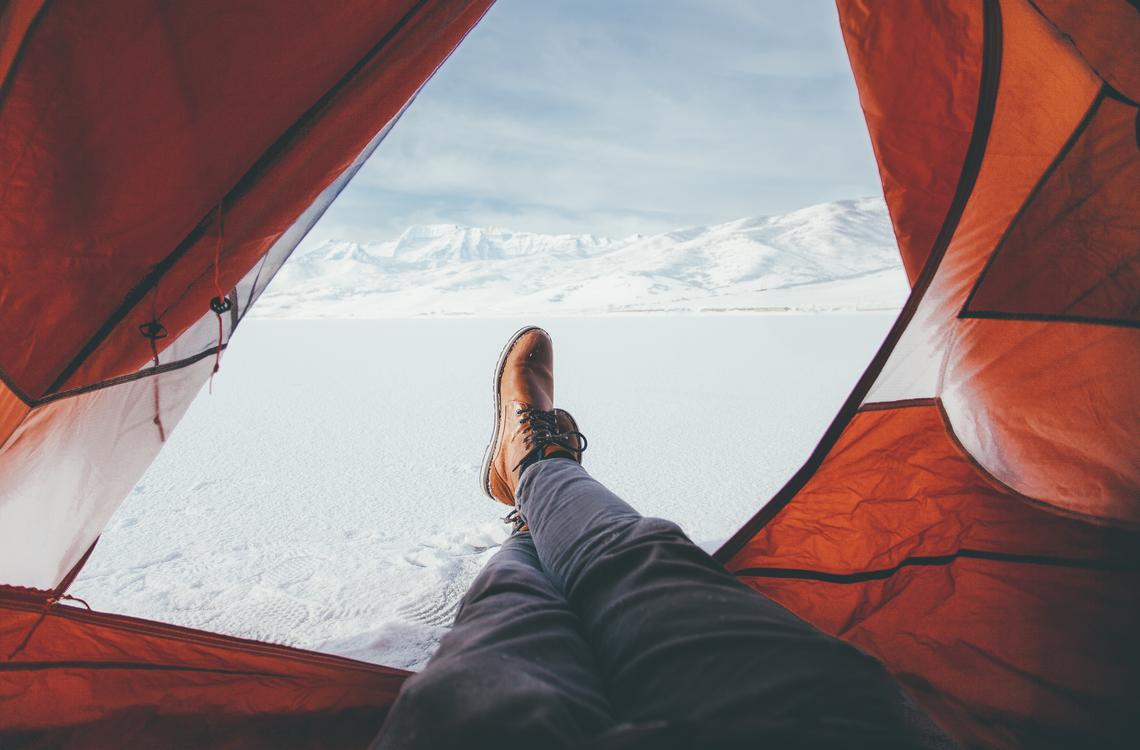
Columbia Icefields Backcountry Ski Trip
May 1 to 5, 2020
Catalyst at the Schulich School of Engineering is pleased to be offering Outdoor Leadership Experiences. Outdoor experiences provide an opportunity to develop key leadership skills such as teamwork, overcoming adversity and problem solving. Through participating in these adventures, our students will be equipped with the skills and resources they need to be strong engineering leaders.
Arguably one of the best locations in Canada for true ski mountaineering, the Columbia Icefields is home to 225 square kilometers of glacier ice that is over 350 metres thick in places. The area hosts 11 of the 54 highest peaks in the Canadian Rockies including Mount Columbia, standing at 3,747 metres. While the ski objectives within the Columbia Icefields are not technically difficult, this is a long trip, so a high level of physical fitness is required for this expedition.
Key information
Application information


Have questions?
For program information, please contact Emily Wyatt at globalengineering@ucalgary.ca.
Program details
No courses are associated with this co-curricular experiential learning opportunity. As well, no formal prerequisites are required.
May 1 to 5, 2020
Day 1 (classroom): We will meet at the Outdoor Centre (exact timing and location TBD). After introductions, we will discuss trip objectives, check all the equipment and plan for our trip. The planning will be designed to provide you with the basic skills you need to travel safely in a winter environment. We’ll discuss the basic techniques required for winter camping and survival as well as the specific skills needed to safely traverse glaciers, ski mountaineer to climb peaks and route find in avalanche terrain. Leadership skills are an important ingredient of our success/safety and will be embedded throughout this trip.
Day 2: We will drive four hours to the Columbia Icefields, where we will begin the journey up the Athabasca Glacier. We will use this day to travel to and establish a base camp in the vicinity of The Trench. The Trench is a deep draw in the Columbia Icefields situated between the towering Mount Bryce, Mount Columbia and the North and South Twins. This impressive campsite will put us in position to summit one or two of the 11,000-foot peaks in the area.
Day 3: With an early start and light packs, Snowdome or Andromeda are potential ski ascents for this day.
Day 4: Summit day! We will approach one of the other objectives of this trip and potentially use an ice axe and crampons. Upon reaching the summit, we will be rewarded with stunning views stretching through the Rockies, Selkirks and Purcells.
Day 5: Pack up and begin our descent beneath the ice falls of Snowdome and continue to the toe of the Athabasca Glacier, from where we will drive back to Calgary.
Cost: $250 per participant
During the trip, we will be camping in four-season tents and cooking on camp stoves; basic dishes and cutlery will be required. Each tent group will provide its own food, which will be discussed during our planning day.
This program is open to undergraduate and graduate students in good academic standing with the Schulich School of Engineering. Engineering students of all disciplines are welcome to apply.
Weather and conditions
This is an area with challenging and complex terrain. As with any trip to the mountains, neither weather nor avalanche conditions can be guaranteed. Poor visibility or avalanche conditions may require a change to the itinerary. Regardless, expect the trip to be a great adventure in a beautiful area.
Is this for me?
This is a challenging trip for any backcountry skier that has minimal winter/spring camping experience. You should be in good to excellent hiking shape as there will be multiple days where we travel over 10 kilometers, with elevation gains of up to 800 metres, carrying packs up to 55 pounds (25 kilograms). You should have intermediate to advanced downhill skiing skills and feel comfortable on non-groomed blue runs in any condition at a ski hill. Although there is minimal downhill skiing on this trip, guests should be able to safely descend moderately-angled slopes with a pack on. Participants will be using alpine touring equipment.
Preparation
Understanding the nature of this trip should help with your training throughout the winter. Winter ski tours and walks with a 45- to 50-pound pack is recommended as the best training, however other activities such as cross-country skiing and hiking can also be good training. Please refer to the Outdoor Centre web page for other programs that may help you with your preparation for this trip.
Equipment and clothing
The Outdoor Centre will supply all avalanche gear, backpacks, sleeping bags and sleeping pads along with other group items. The remainder of the personal clothing and equipment, including skis, you must provide yourself (skis and climbing skins, boots and poles are available for rent at the Outdoor Centre). Participants must be on alpine touring skis or splitboards. Alpine touring skis are essentially downhill skis with a special touring binding which allows the heel to lift when going uphill or across flats and locks down for downhill skiing. Splitboards break into two halves, with a similar binding that allows you to lift your heal to walk.
NOTE: Snowboards are enjoyable on the descent but can be frustrating on the flats. The transition between uphill and downhill can also be very time consuming. If using snowboards, please ensure that you are proficient at switching your bindings.
The quality of the clothing and equipment you bring will have a big impact on the quality of your experience. If you're unsure about anything, please don’t hesitate to call and ask us!
Equipment list
We provide:
- Backpack (at least 65 litres - large enough for a sleeping bag, spare clothes, and your share of food and equipment)
- Climbing harness
- Crampons and ice axe
- Avalanche transceiver - digital transceiver with a triple antenna
- Collapsible avalanche probe
- Avalanche shovel (lightweight snow shovel designed for companion rescue)
- Technical gear (carabiners, slings, cordelettes, ice screws)
You need to bring:
- Skis with alpine touring bindings - we recommend a short (160 to 185 centimetre), wide ski designed for powder
- Climbing skins (stick-on type)
- Ski poles
- Ski boots
- Sunglasses and ski goggles
- Bowl, large mug and cutlery (unbreakable plastic or light metal set works best - no glass or ceramics)
- Sun block and lip balm
- Water bottle (one-litre capacity at a minimum) and optional thermos for hot drinks
- Headlamp with fresh batteries
- Small blister and personal first-aid kit
- Camera
- Personal toiletries including hand sanitizer
- Ear plugs (optional but recommended)
- Insulated booties
Clothing list
We suggest layers of light, easily carried clothing that allows for quick and easy adjustment to best suit fast-changing temperatures. Cotton clothing is not appropriate as it causes rapid heat loss when wet.
- Long underwear top and bottoms (lightweight synthetic or Merino wool)
- Extra warm shirt (synthetic or wool)
- Medium-weight fleece sweater
- Soft shell or fleece jacket
- Soft shell pants
- Insulated jacket (down preferred)
- Waterproof jacket with a hood (Gore-Tex or equivalent)
- Waterproof pants (Gore-Tex or equivalent with side zippers)
- Ski socks (wool or synthetic) - two pairs
- Wool or fleece hat
- Waterproof ski mountaineering gloves or mitts
- Lightweight ski gloves
- Sun hat
